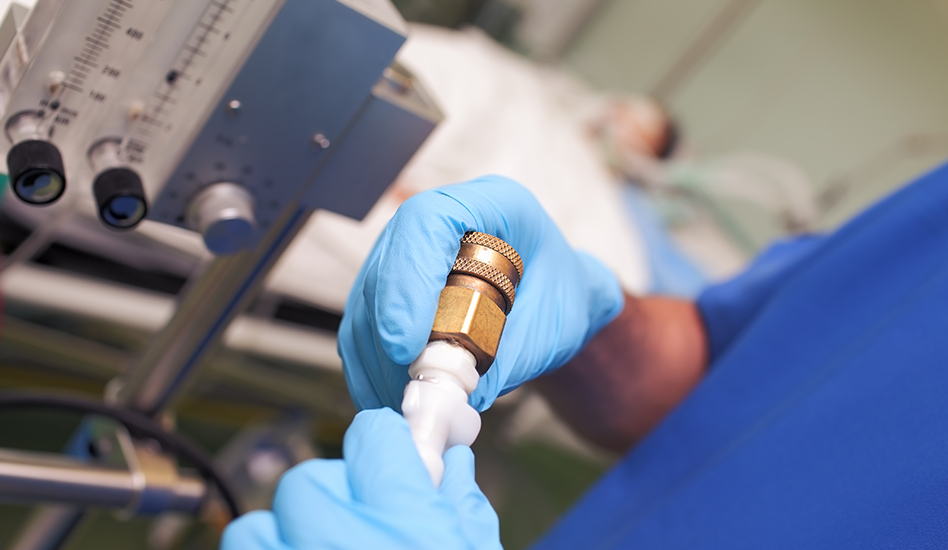While attending the Imaging Conference and Expo (ICE) 2016 an idea was presented that seemed to take hold and really catch the imagination of a large portion of those attending. Due to the nature of the industry, it was a surprise to see so much interest. A review, discussion, and expansion of that idea seems appropriate. The Preventive Maintenance (PM) specialist is an idea that, if implemented properly, can have a huge impact upon a hospital system. By performing CT, MRI, Nuc Med, and Cath lab preventive maintenance off-shift a hospital system can see an immediate Return On Investment (ROI). The ROI is calculated based on the number of units to be PMed times the average income per hour during normal working hours subtracting the cost in salary, benefits, and training of a PM Specialist. The actual ROI will depend on the size of the hospital or hospital system and patient census. The Independent Service Organization (ISO) can also benefit from using a second or third shift PM specialist depending on actual or projected customer base. Using the previous formula an ISO can calculate the downtime savings and set after hours PMs accordingly. This position may allow an ISO to get a foot in the door to customers that have typically not considered your services.
What is a PM specialist?
It seems simple enough. A PM specialist is an individual that does only preventive maintenance on second or third shift. The best way to think about a PM Specialist is to consider them a standalone role. They do interact with the rest of the imaging team but in a very defined manner. They are only responsible for performing PM’s on specified equipment and trained accordingly.
What a PM Specialist is not.
A PM Specialist is not a troubleshooter. The goal of a PM specialist is to get the required preventive maintenance done in a thorough manner that saves the hospital system money, improves the life of the unit, and improves patient care. Of course they will make adjustments and perform calibrations, but no in depth troubleshooting or repair. Having a PM Specialist do after-hours repairs will negate the benefit of the position. If properly staffed and scheduled, the PM Specialist will not have time to do after-hours repairs and complete the primary assignment.
A PM Specialist is not coverage for vacation. The only thing a PM specialist should be doing is after hours preventive maintenance.
Some of the benefits of having this position have been touched upon already. The department does not have to shut down during normal operating hours for preventive maintenance. This allows for maximum income generation and better patient care. For the hospital system that has a single CT unit, PM’s can be routinely scheduled for the historically lowest volume times. This limits the need to divert ER patients. The secondary result is that the PM Specialist does not face the same pressure to hurry through a PM and can, as a result, be more thorough and attentive to what they are doing. The result being a longer Mean Time Between Failure on the device. This is a win/win situation.









